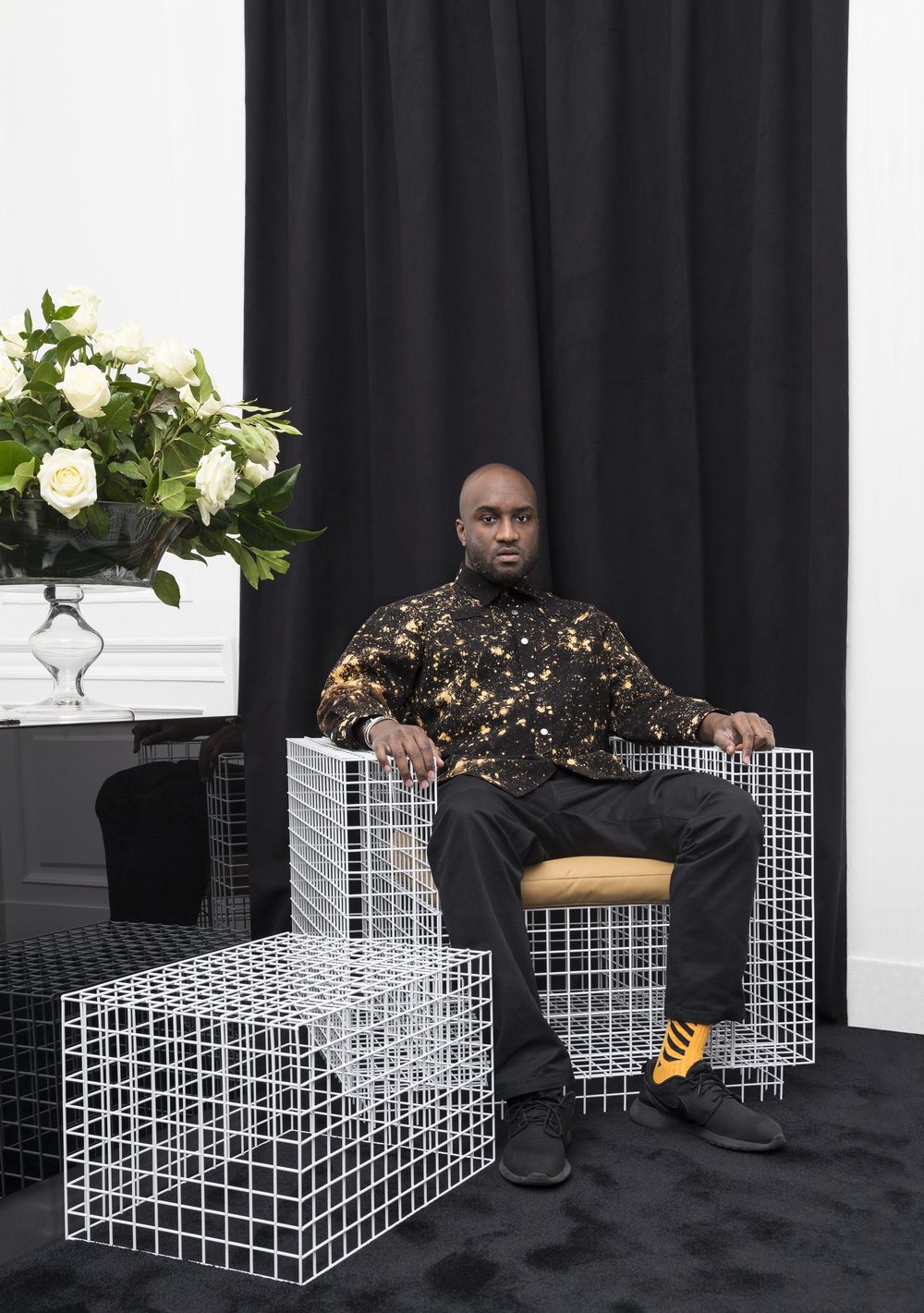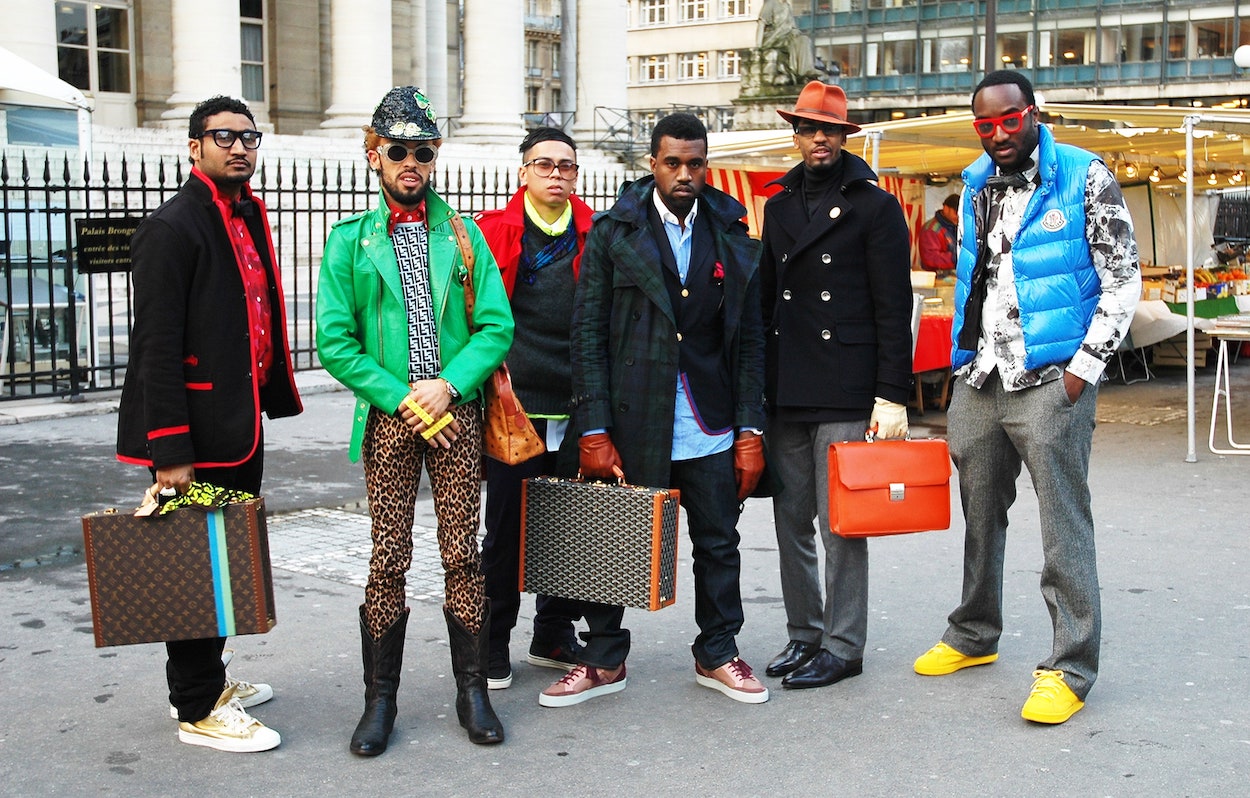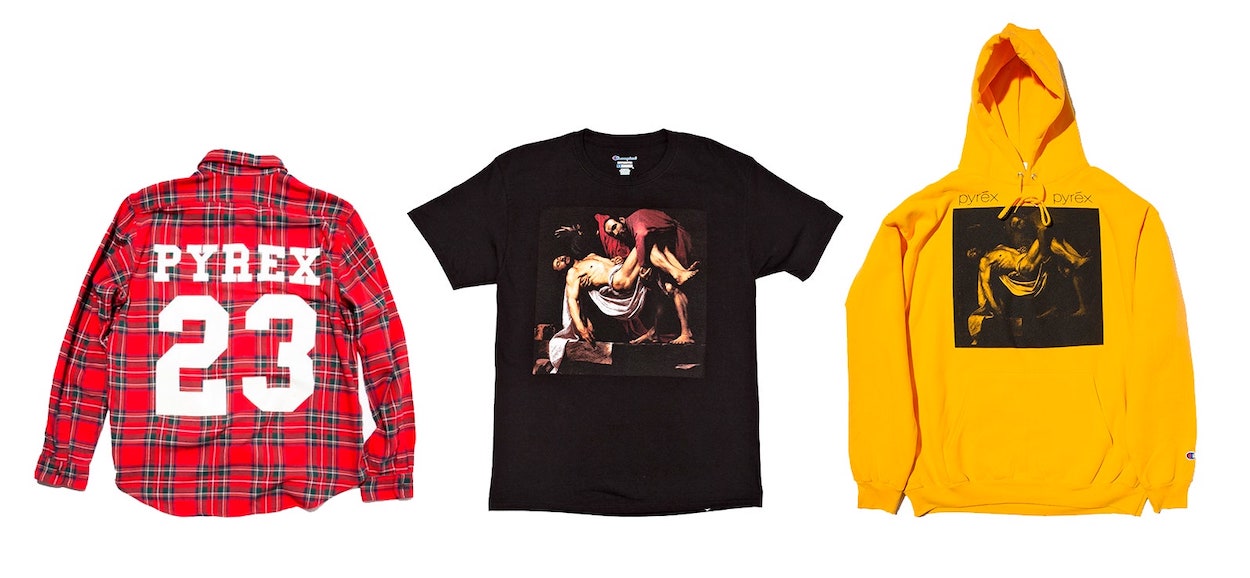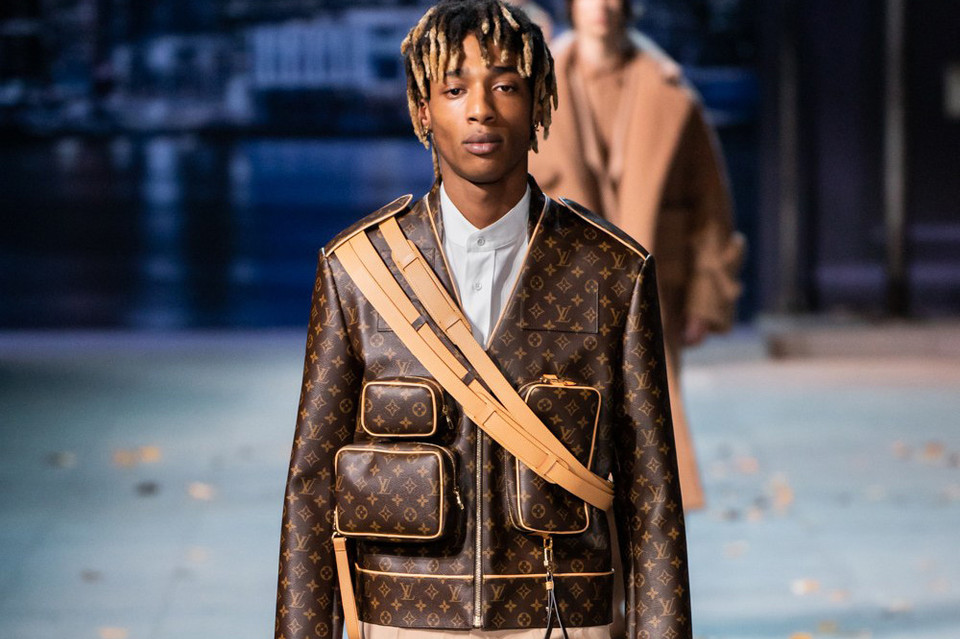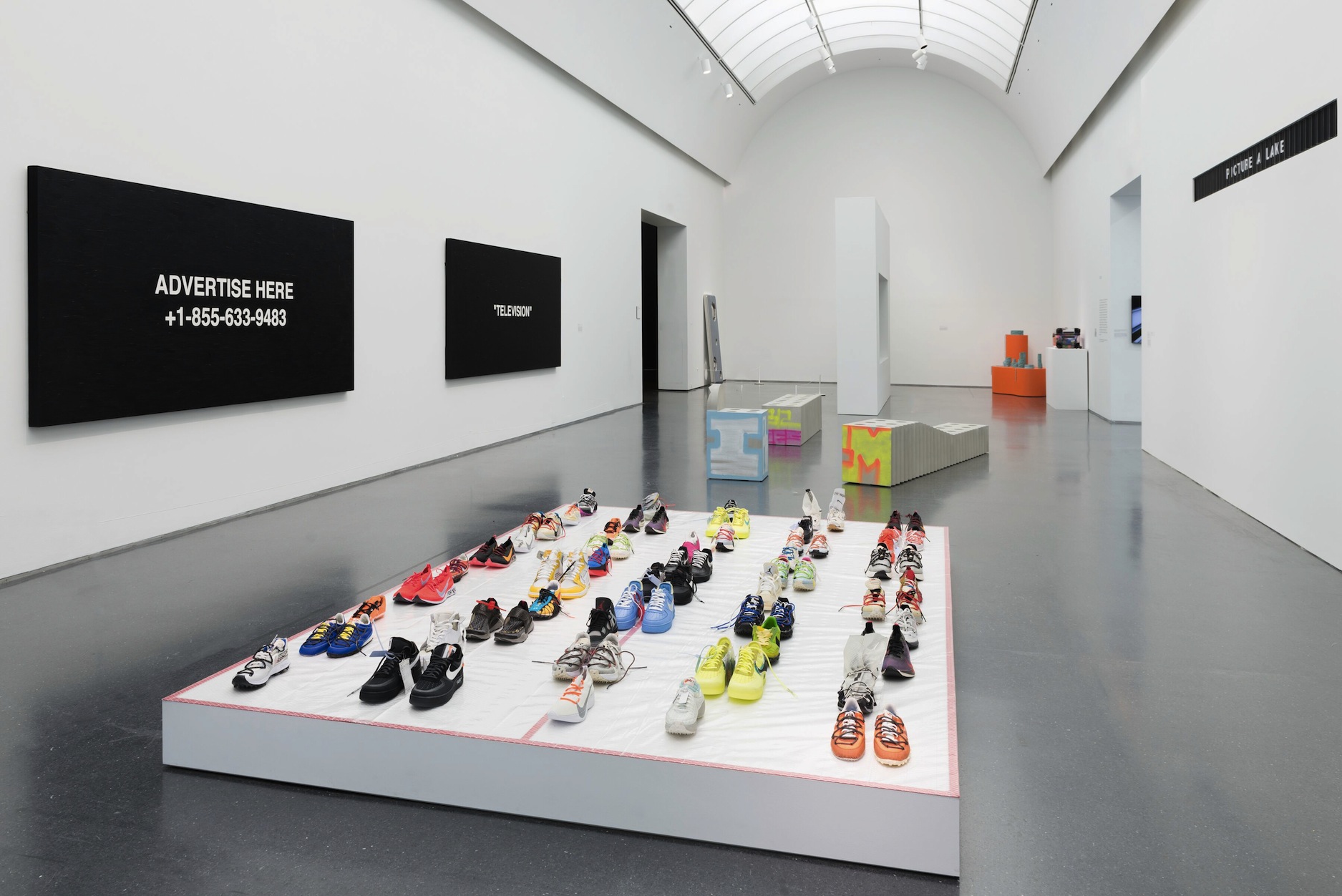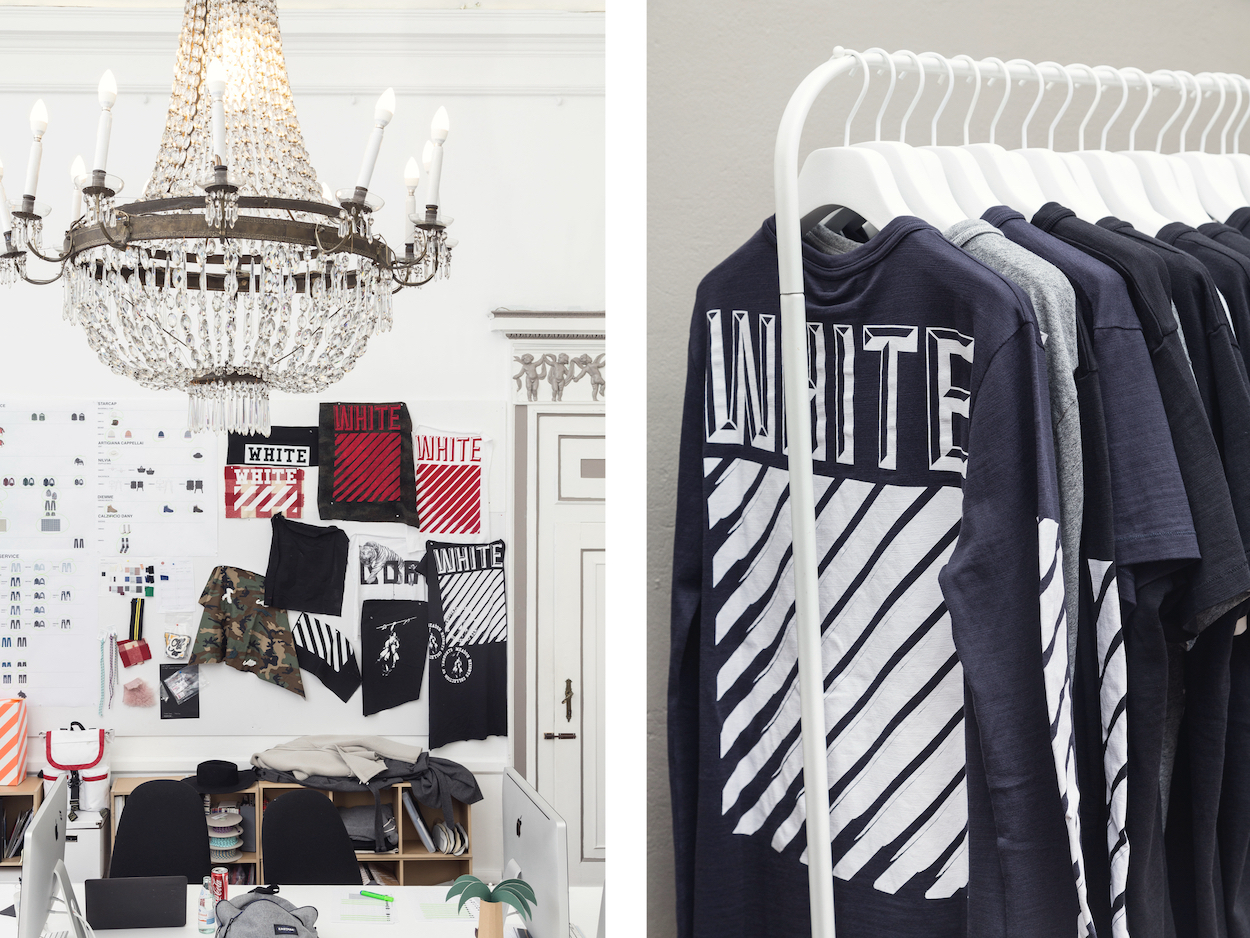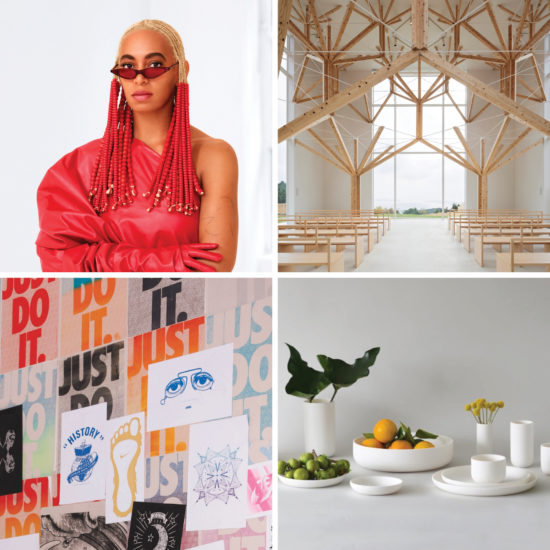The world reacted with shock and sadness at the news that Virgil Abloh, a pioneering force in any creative field he touched, died at age 41 after a battle with cancer. The multi-hyphenate designer, entrepreneur, and visionary enjoyed a meteoric rise from his early beginnings in Chicago, where he was born to Ghanaian immigrants and fearlessly pursued his obsessions with streetwear, art, and culture, eventually becoming one of the fashion industry’s most influential voices. His unlikely success story emerged as the central theme of his prolific career: “Virgil was driven by his dedication to his craft and to his mission to open doors for others and create pathways for greater equality in art and design,” reads a message posted to his Instagram. “He often said, ‘Everything I do is for the 17-year-old version of myself,’ believing deeply in the power of art to inspire future generations.”
Since he burst onto the scene as Kanye West’s creative director in 2009, Abloh became a gravitational force within contemporary culture, helping bring streetwear to the forefront of the fashion industry. He also garnered much attention for his numerous gigs, creative collaborations, and frequent jet-setting, which became somewhat of a template for enterprising creatives to replicate. Spearheading his own label Off-White, which he launched in 2012, he went on to serve as the menswear artistic director at Louis Vuitton, formed partnerships with artists like Jenny Holzer and Arthur Jafa, and designed champagne bottles, turntables, rugs, sneakers, furniture, and everything in between while moonlighting as a lauded DJ. His artistry—and commercial prowess—was even celebrated in a retrospective at MCA Chicago.
In a panel discussion with Heron Preston and Surface during Art Basel Miami Beach 2016, Abloh shed light on why he takes on multiple projects at once: “I grew up in a way that was like, ‘You can only do one thing.’ Even in the art world, I’m still kicking the tires this week. If you’re an artist, you probably shouldn’t DJ and do clothing because in the yesteryear, it was hard for your brain to be like, ‘Wait, you do that and that? You suck.’ You’re not an amazing artist if you’re a chef, or something like that. My idea for creativity is to do the most at the same time because one thing inspires another. I think a lot of it as a phone: I can have twelve conversations at one time. Your brain can design a t-shirt, it can pitch a presentation, you can do visuals in this [Faena Dome]. You can do a lot, and that’s what the misconception is now. People are stuck in this mentality that you can only do one thing, nine-to-five, and you can’t have a side project.”
Below, we track five key moments from his illustrious career.
